Introduction
Winona is an interesting blend of influences: blue-collar traditions mix with lively college campuses and a rich cultural scene. The city is now making plans to spruce up a neglected riverfront, to create something more befitting a city that is knee-deep in river history.
Visitor Information
The Winona Visitors Center is a great place to stock up on brochures and answers (924 Huff St.; 507.452.2278).
A Note About Getting Around
The Mississippi River runs nearly west-to-east at Winona, so if you’re heading toward the river from Winona, you are going north (or northeast). US Highway 61 skirts the edge of town and is home to the soul-killing chain stores. To get into town, go north on Mankato Street or Huff Street; the business district is mostly from 4th Street north to the riverfront. You can park for free on the downtown streets for up to two hours; if you think you’re going to be around for a while, try to find a spot at the lot between 1st and 2nd Streets at Lafayette Street.
Winona’s street planners have gone out of their way to confuse visitors. Some numbered streets also have names, so 8th Street is also Sanborn, 6th Street is also Broadway, etc. If that doesn’t confuse you, then the way buildings are numbered just might. Rather than increasing by 100 for each block (so the buildings between 7th and 8th Street would all be numbered in the 700s, for example), building numbers only advance by half that for each block, so the buildings between 7th and 8th Streets are actually numbered 350-399. This numbering system applies to all streets, so if you are looking for an address in the 400-449 range and you see an address for 220, you have four blocks to go, not two. That’s probably way more than you need to know, but, hey, that’s why I’m here.
History
Around 1800, a band of Mdewakanton Dakota built a summer village they called Keoxah. They were led by a series of chiefs named Wapasha, so the prairie became known as Wapasha’s Prairie. The village spread out over a large area, with four long houses located next to the river–elevated to avoid getting wet during spring floods–a dozen round huts known as wigwams, and a small patch of cultivated land for growing maize.
Europeans knew at least three Chief Wapashas. The first moved his group to a location along the Upper Iowa River around 1780. His son (who lost an eye as a child during a game of la crosse and styled his hair to resemble an eye patch) moved the group to this prairie around 1807. Wapasha III took over in 1837 and is the one who signed the Treaty of Mendota. Around this same time, other bands in the same Dakota family branch were led by Red Wing and Little Crow. After signing the treaties of Mendota and Traverse des Sioux, the Dakota moved to reservation land along the Minnesota River.
Steamboat captain Orrin Smith made the first land claim. He arranged transportation for three men to the town site on the steamboat Nominee. Just two years later, the new settlement had grown to 300 residents. By the time Winona incorporated as a city in 1857, it had 3,000 residents and more than 1000 annual steamboat landings. The city is named for Wenonah, who, according to legend, jumped to her death from Maiden Rock Bluff because she was not allowed to marry the man she loved.
From 1870 to 1900, Winona prospered because of transportation (steamboats and railroads), lumber (sawmills), and wheat. In 1875, A.G. Mowbray and L.C. Porter opened a large mill at the foot of Franklin Street that later became Bay State Milling; it is still in business. Winona was also a major supply point for settlers continuing west, so it is not surprising that one of the city’s first millionaires was a wholesale grocer, John Latsch.
Peak immigration to Winona was from 1860 to 1900. The first wave of settlers was mostly riverboat captains and educated folks from the East. Germans were 29% of the population in 1880; they formed self-sustaining neighborhoods where they spoke German, printed German-language newspapers, and generally kept to themselves.
The first Poles arrived in 1855 and were 11% of the population by 1880. Most of the Poles came from Kashubia (a small region near Gdansk and Bytow), speaking a language that may be older than standard Polish but that has essentially disappeared from Poland today. A handful of Winona residents still speak it. In 1880, the Irish were 9% of the population, Norwegians 4%, and Bohemians 4%.
Winona went into a recession after the northern forests were depleted and the lumber mills closed. (The last mill closed in 1909.) One of the new businesses that thrived was the Watkins Medical Company. J.R. Watkins founded the company in nearby Plainview but demand for his new product, Dr. Wards Liniment, outstripped his ability to produce it in his kitchen, so he moved his operation to Winona in 1885. The Watkins Company grew into one of the nation’s largest suppliers of health products, supplements, and flavor additives; you may have used their vanilla. Education has also provided a stable base for the region’s economy. The State Normal School (now Winona State University) began in 1858. The College of St. Teresa was founded in 1907 and began admitting men in 1912.
Like folks in many river towns, Winonans had a live-and-let-live attitude about certain behaviors. The city had an active red light district for generations that was concentrated along 2nd Street between the depot and downtown. It flourished until a raid in December 1942 shut it down, at least for a while; Winona seems to have had active brothels into the 1990s. During Prohibition, local police were not enthusiastic enforcers of the ban on alcohol; the city had at least 200 speakeasies and “blind pigs” (home taverns) and over 500 places to buy liquor. The local liquor trade flourished until federal agents got involved in the late 1920s and began regular raids.
Winona, like many established communities in the US, faced perplexing problems in its older core as new homes and businesses pushed the boundaries further away the center of town. The city fell victim to some of the same misguided urban renewal plans of the early 1970s, razing entire blocks from the historic downtown core. The loss of a chunk of the city’s architectural heritage and the failure of these efforts to deliver the promised growth led to stronger preservation efforts.
Winona today still has a blue collar heart, but it is also a regional commercial hub and a place with an impressive range and depth of cultural opportunities for a town of its size.
Exploring the Area
For a bit of perspective on the city of Winona, head up to Garvin Heights Park (Garvin Heights Road) and take in the panoramic views 530 feet above the city. If you’d like to stretch your legs, you can hike to the top instead of driving.
The Winona County History Center (160 Johnson St.; 507.454.2723) has a fun and varied collection of items that illuminate Winona’s past: replicas of 19th century storefronts, sleighs, carriages, and big stuff like a 19th century water pumper from the fire department, a sulky reaper with sail, a delivery wagon, and a hearse. One of the highlights is a replica of the La Moille cave art, which was flooded when the lock and dam system was completed. Upstairs, a timeline wraps around the track outlining the area’s history from Native American through the frontier era to the present.
The Minnesota Marine Art Museum (800 Riverview Dr.; 507.474.6626) is part of the surprisingly rich cultural scene in Winona. The nautically-themed collection of fine art includes a permanent gallery with paintings from the Hudson River School (like Winslow Homer), Impressionists, and the recently acquired The Beach of Scheveningen by Vincent van Gogh. There are also three galleries that host rotating exhibits; I saw an exhibit on fishing lures. The museum also has several remarkable photographs of the Mississippi River Valley by Henry Bosse, a 19th century mapmaker and photographer who worked for the Army Corps of Engineers.
The Winona National Bank (204 Main St.; 507.454.4320) is two parts fine architecture and one part silliness. The bank, designed by George Maher and completed in 1916, has an Egyptian Revival exterior but a Prairie School feel inside. The interior has impressive bronze work and an art glass window made by the Tiffany Studio. For the silliness, check out the African Safari Museum on the second floor.
Merchant’s Bank (102 E. 3rd St.; 507.457.1100) was completed in 1912, designed by William Purcell and George Elmslie, former associates of Louis Sullivan. Mostly Prairie School in design, the bank has an outstanding collection of art glass windows. Albert Fleury painted the mural on the north wall; it depicts the valley behind Sugar Loaf Bluff.
The Polish Cultural Institute of Winona (102 Liberty St.; 507.454.3431) is housed in the former headquarters building for the Laird Norton Lumber Company, which employed many Poles. The collection focuses on the daily life of Winona’s Polish community, with displays about work and church. The collection also includes a few Polish costume dolls.
The dome of the Church of St. Stanislaus Kostka (625 E. 4th St.; 507.452.5430) rises stately above the floodplain, visible for miles up and down river. This Baroque/Romanesque gem was completed in 1894. The vast, ornate interior uses a Greek cross design and can seat 1800.
If you want to learn more of the story about the Watkins Corporation, check out the Watkins Heritage Museum (E. 3rd St. between Liberty and Chestnut Sts.; 507.457.6095), which has several detailed displays documenting the corporation’s history, with many fun examples of products the company has made and sold over the years. Don’t miss the Watkins Administrative Building (150 Liberty St.), another local landmark designed by Chicago architect George Maher. Built for a staggering $1.2 million from 1911–1913, the exterior is blue Bedford stone, and the entrance vestibules are covered with Italian marble. The interior makes good use of rich mahogany and mosaics, and has an ornate dome and art glass windows depicting local scenes.
Hey, what’s that? The stub of rock that rises above the south end of town is a landmark known as Sugar Loaf Bluff (the Dakota called it Wapasha’s Cap). Most of the bluff was quarried in the 19th century, leaving just the portion you see today.
Parks Along the Mississippi River
Levee Park runs along the downtown riverfront between Johnson Street and Walnut Street.
Aghaming Park (Latsch Island) has nearly 2,000 acres of floodplain forest; it is a popular place for bird watching. There aren’t a lot of developed trails, so it is a good idea to wear long pants if you hike here.
Prairie Island Park (Prairie Island Rd.) is located near a backwater channel and has some hiking trails.
Culture & Arts
The Winona Arts Center (228 E. Fifth St.; 507.453.9959) has a small gallery featuring rotating exhibits from local artists and shows independent films on some weekend nights.
The Theatre du Mississippi (Masonic Temple, 255 Main St.; 507.459.9080) is a performing arts center that is active throughout the year.
St. Mary’s University has an active performing arts program during the school year. Winona State University also has an active set of cultural programs; check their calendar for events.
Getting on the River
It’s not the Mississippi, but you can paddle around Lake Park in a canoe or kayak from early June to late August; get them at the Lake Lodge.
Entertainment and Events
Fringe Friday is an art celebration on the last Friday of the month downtown.
Ed’s (No-Name) Bar (252 E. 3rd St.) is the place for live music, good beer, and friendly folks.
Farmers Market
Winona hosts a twice-weekly farmers market from May to October in the parking lot at Second & Main Streets (W 2p–5p, Sa 7:30a–Noon).
Festivals
Winona has an abundance of fun festivals throughout the year.
Begin with the Frozen River Film Festival (507.459.8090), an event of growing stature that features provocative films from around the world with an emphasis on cultural and environmental themes (late Jan.).
Steamboat Days (800.657.4972) is a celebration of Winona today with a big parade, midway, concerts, and fireworks, but no steamboats and not much about the river; the parade on Sunday draws most of the town (mid-June).
The Minnesota Beethoven Festival (507.457.1715) from late June to mid-July is one of the events that makes Winona a special place in the summer. Past performers at the festival included Yo-Yo Ma; the Minnesota Orchestra performs a free show in Lake Park on one evening.
The other major cultural event in the summer is the Great River Shakespeare Festival (507.474.7900). There are several shows each week at the Performing Arts Center on the campus of Winona State University. Concurrent with the Shakespeare Festival, the Theatre du Mississippi performs Drops and Drama, an event that shows off some of the 98 historic drops—vibrant pieces of art painted on cotton muslin and linen—that were originally used by the Masons as part of their secret rituals; the annual show is staged with a theme (Norse mythology when I attended) and selected drops are used to illustrate it.
In October, the Great Dakota Gathering and Homecoming (507.452.2278) reunites Dakota from around the region; programming for the public has an educational focus. The learning tent is a unique opportunity to experience Dakota culture.
**Winona is covered in Road Tripping Along the Great River Road, Vol. 1. Click the link above for more. Disclosure: This website may be compensated for linking to other sites or for sales of products we link to.
Where to Eat and Drink
This being a college town, there are plenty of options for good coffee.
- The Acoustic Café (77 Lafayette St.; 507.453.0394) has an eclectic, creative clientele and you can sate your hunger with a pita, sandwich, or a bowl of freshly-made soup.
- The Blue Heron Coffee House (162 W. 2nd St.; 507.452.7020) has a local food/organic food aesthetic of sandwiches, fresh salads, and soups. They also host the occasional theme-night dinner where you can sample world cuisine.
If you prefer something baked for breakfast (or a snack), head to Bloedow Bakery (451 E. 6th/Broadway; 507.452.3682) where you can get a big cinnamon roll or a handful of donuts.
The Lakeview Drive Inn (610 E. Sarnia; 507.454.3723) is the oldest restaurant in Winona; they have been making Winonians happy since 1938. They have a standard menu of diner foods that are freshly prepared and can be rolled out to your vehicle by a carhop; they also make their own delicious root beer. Wednesday is classic car night (6:30p–9p), so roll up in your ‘57 Chevy.
You can’t beat the views at the Boat House Restaurant (2 Johnson St.; 507.474.6550), which sits right on the river; the menu emphasizes seasonal ingredients, and includes a good mix of lighter fare like salads and snacks and hearty steak and fish entrées.
Housed in an attractive historic building, Bub’s Brewing Company (65 E. 4th St.; 507.457.3121) offers more sandwich options that you can shake a pickle at, mostly varieties of burgers and chicken sandwiches; the Cajun chicken sandwich actually has some kick to it. It is also a friendly place that is a favorite among locals for enjoying an adult beverage.
Signatures Restaurant (22852 County Highway 17; 507.454.3767) is the choice for fine dining. The exterior screams clubhouse chic, but the inside has a modern, miminalist decor accented by signed photos of celebrities. The menu changes with the seasons. The lunch menu has a number of affordable items in the sandwich and salad genre.
Café Sapori di Sicilia (211 Main St.; 507.474.6155) tempts with tasty snacks, fresh breads, savory entrees, and delightful sweets. Give in. Enjoy the flavors of Sicily near the banks of the Mississippi.
Freshness is the guidepost at Nosh Scratch Kitchen (102 Walnut St.; 507.474.7040), a fine dining restaurant that works with ingredients from local farmers and makes everything from scratch. Bread is baked fresh daily; sausages are made in-house. The menu changes with the availability of ingredients. A meal at Nosh is a delightful experience.
Where to Sleep
Camping
Prairie Island Campground (1120 Prairie Island Rd.; 507.452.4501) has a quiet spot on a backwater channel with large sites, mature trees that provide copious amounts of shade, and a small swimming beach. There are two clusters of sites: one with 111 sites with electricity and a separate area of 90 primitive sites.
Bed-and-Breakfast Inns
The Carriage House B&B (420 Main St.; 507.452.8256) is literally an old carriage house converted to four comfortable guest rooms. Rooms are decorated with a nod to period style but are not stuffy or uncomfortable.
The Alexander Mansion B&B (274 East 6th/Broadway St.; 507.474.4224) is a spectacular example of 19th-century Victorian style updated for the 21st century. The house has gorgeous woodwork throughout, plenty of places to sit and relax, and is a short walk from downtown. The four guest rooms have been restored to their 1880s appearance, complete with period furniture.
Cabins and House Rentals
Heaven’s Valley Lodge (300 Wildwood Dr.; 507.454.4020) is in a peaceful setting at the end of a gravel road tucked into a coulee. Perfect. The converted barn has two bedrooms, a bathroom down a short flight of stairs, and a few dead animals on the walls to keep you company. Outside, enjoy the bonfire pit and harvest fresh eggs for breakfast from the chicken coop behind the house.
Moderate and up
The Alverna Center (1175 W. 7th/Wabasha; 507.457.6921), a former monastery, has 30 comfortable no-frills rooms with private baths, a double bed, a desk, and a small TV with cable. The building has plenty of room to spread out. While mostly geared toward conferences, individual travelers are welcome to stay but call during the day to make a reservation.
Express Suites Riverport Conference and Event Center (900 Bruski Dr.; 507.452.0606) has 106 generously-sized rooms in great shape; they also have four fantasy suites that include two rooms with a bed in an old Chevy (the bed is small and probably better for kids than adults), a bridal suite, and a room with a Roman bath theme.
Getting There
The train station is near the Winona State University Campus (65 E. 11th/Mark St.; 507.452.8612). Amtrak’s Empire Builder and Borealis trains stop in Winona. The Empire Builder runs between Chicago and Seattle, with stops along the Mississippi River at La Crosse, Winona, Red Wing, Saint Paul, and St. Cloud. The Empire Builder often runs late. Westbound Empire Builder trains (to Seattle) have a scheduled departure time of 8:40pm, while eastbound Empire Builder trains (to Chicago) have a scheduled departure time of 11:01am. Borealis trains connect Saint Paul and Chicago, with stops along the Mississippi at La Crosse, Winona, Red Wing, and Saint Paul. Northbound trains have a scheduled departure time of 4:36pm, while southbound trains have a scheduled departure time of 1:40pm. Fares are based on the number of available seats and therefore vary considerably; in general, the earlier you book, the cheaper the ticket will be.
Winona is one of the stops along Amtrak’s Empire Builder route. The train station is near the Winona State University Campus (65 E. 11th/Mark St.; 800.872.7245/507.452.8612); westbound trains depart Winona in the evening for destinations along the Mississippi River that include Red Wing (1 hour), Saint Paul (2 hours 40 minutes), and St. Cloud (4 hours, 50 minutes) before continuing through the western United States to Seattle. Eastbound trains depart Winona mid-morning and pass through La Crosse (36 minutes) before terminating at Chicago (5 hours, 40 minutes). I’d like to quote some fares for you, but Amtrak bases ticket prices on the number of seats available, so prices can vary quite a bit. In general, you should expect to pay less the further in advance you book, but, if there is only one seat left, you will pay a premium for it, even if it is a month in advance.
Jefferson Lines (800.451.5333) operates regional bus service. Schedules and fares are so damn confusing and change so often, you are better off just calling them directly for the most current info. What I can tell you is that the cheapest rates are for a 21-day advance purchase, especially for travel Sunday through Thursday. The bus stop is on the campus of Winona State University at the transit shelter on Huff Street between 9th and 10th Streets.
Resources
The local newspapers are the Winona Daily News (507.453.3500) and the free twice weekly Winona Post (W,Su; 507.452.1262).
Post Office: 67 W. 5th St.; 507.454.5268.
The Winona Public Library (151 W. 5th St.; 507.452.4582) is a Beaux Arts building that opened in 1897, designed by Warren Powers Laird. The exterior is built of Bedford stone and accented with columns of Georgia marble, with steps of Winona limestone; inside there is a marble replica of Canova’s Hebe and murals by Kenyon Cox.
Community-supported writing
If you like the content at the Mississippi Valley Traveler, please consider showing your support by making a one-time contribution or by subscribing through Patreon. Book sales don’t fully cover my costs, and I don’t have deep corporate pockets bankrolling my work. I’m a freelance writer bringing you stories about life along the Mississippi River. I need your help to keep this going. Every dollar you contribute makes it possible for me to continue sharing stories about America’s Greatest River!
Winona Photographs
A Song for Winona
Next Stop Winona from Four Shades of Green; Adam Hill (2007)
©Dean Klinkenberg, 2024, 2021, 2018,2013,2011
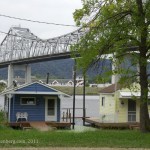

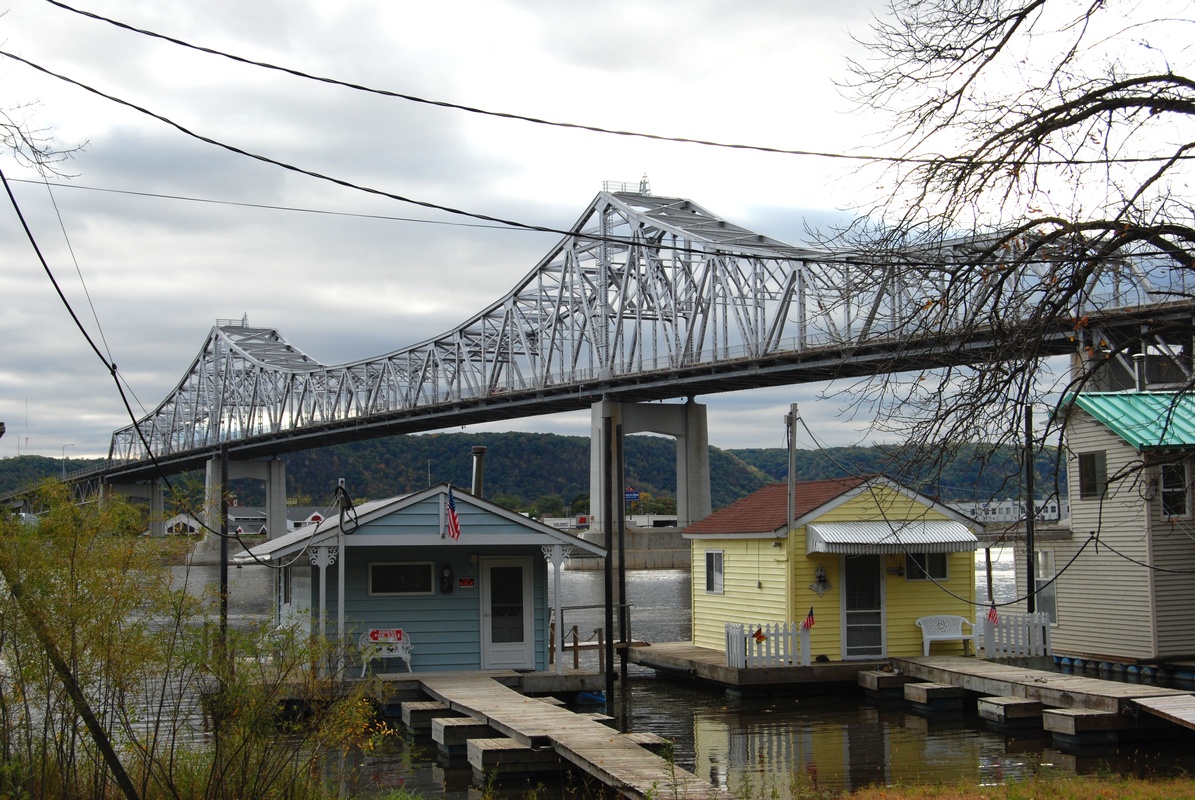
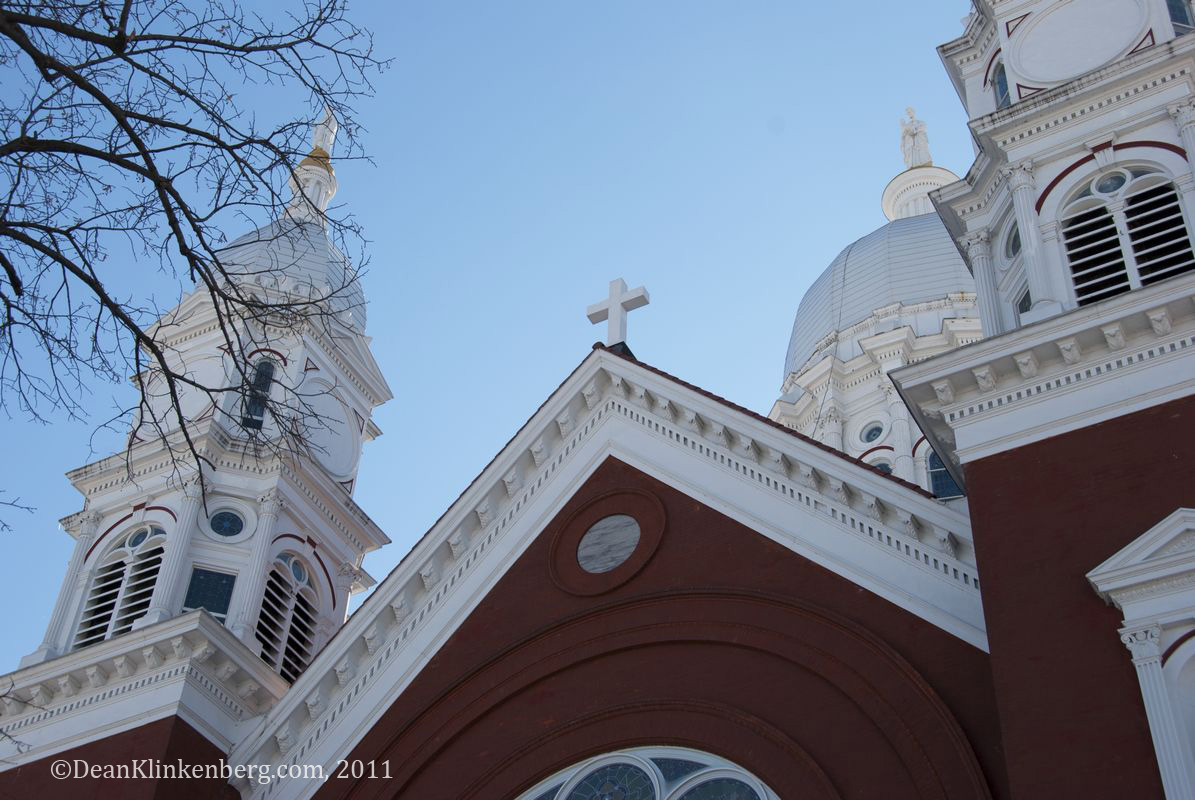
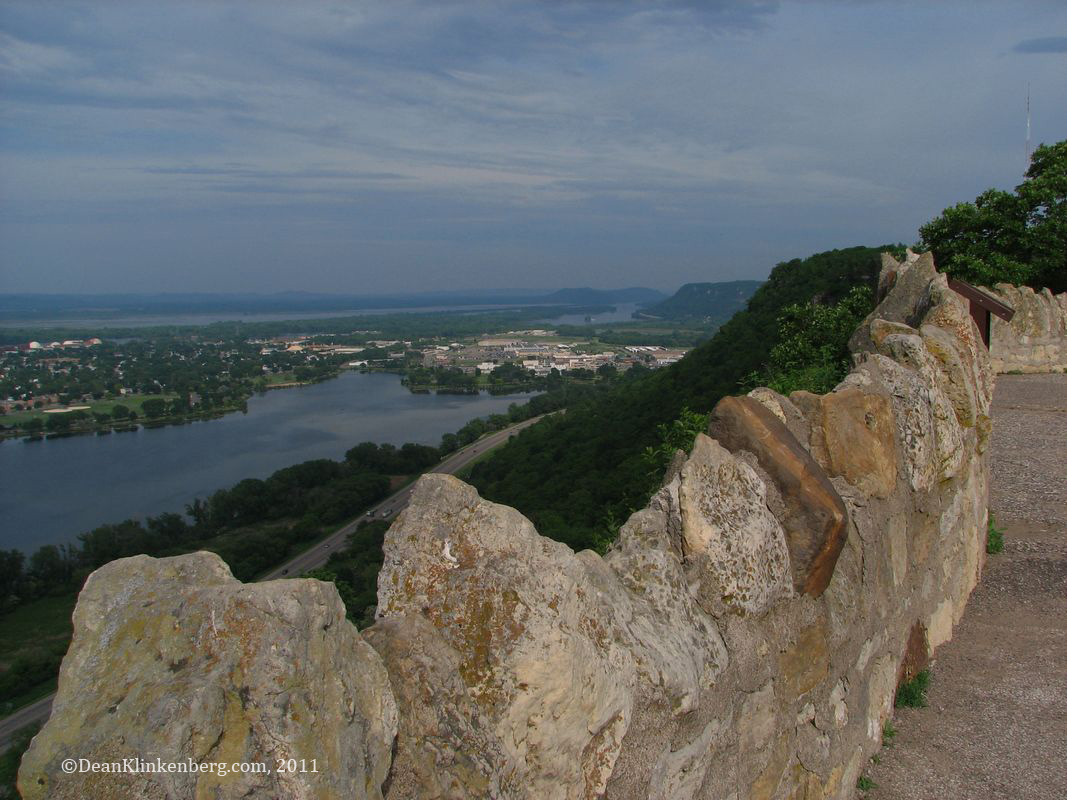
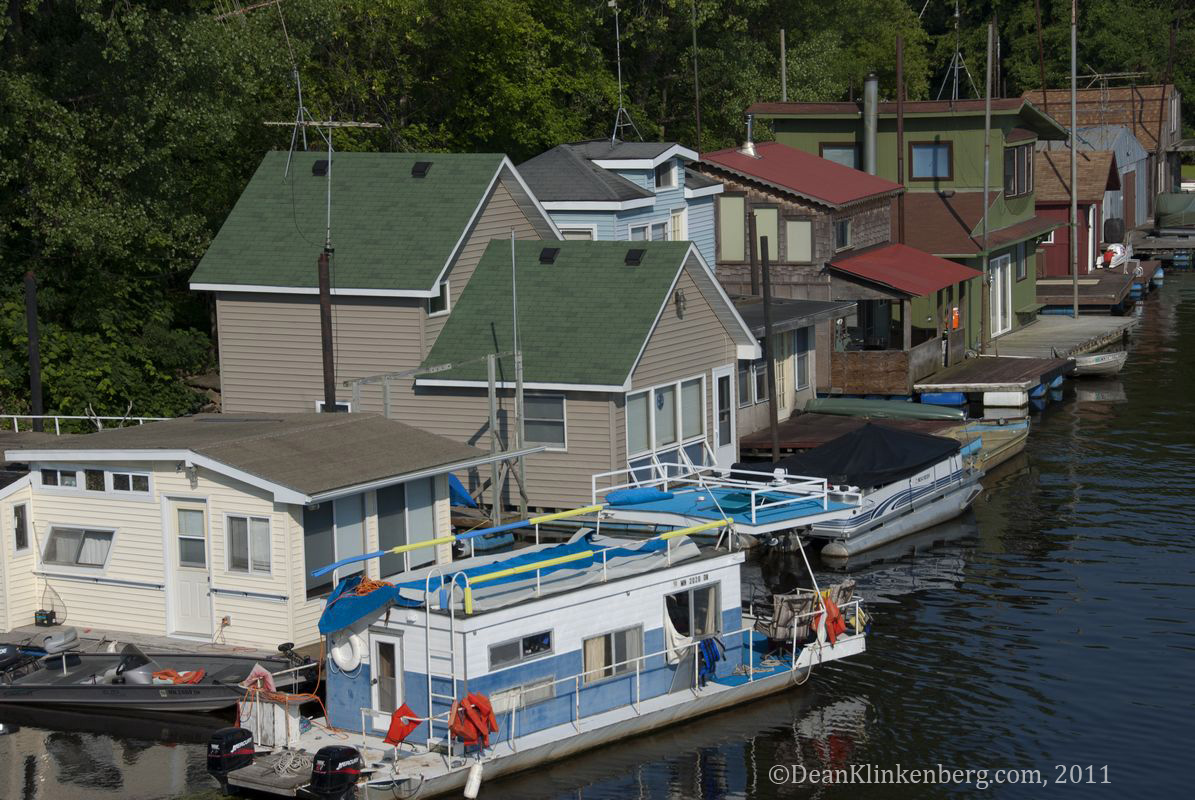

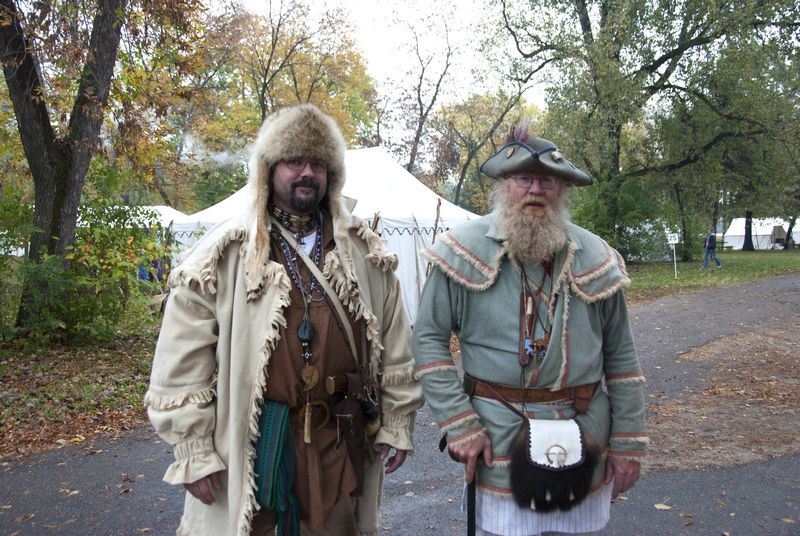

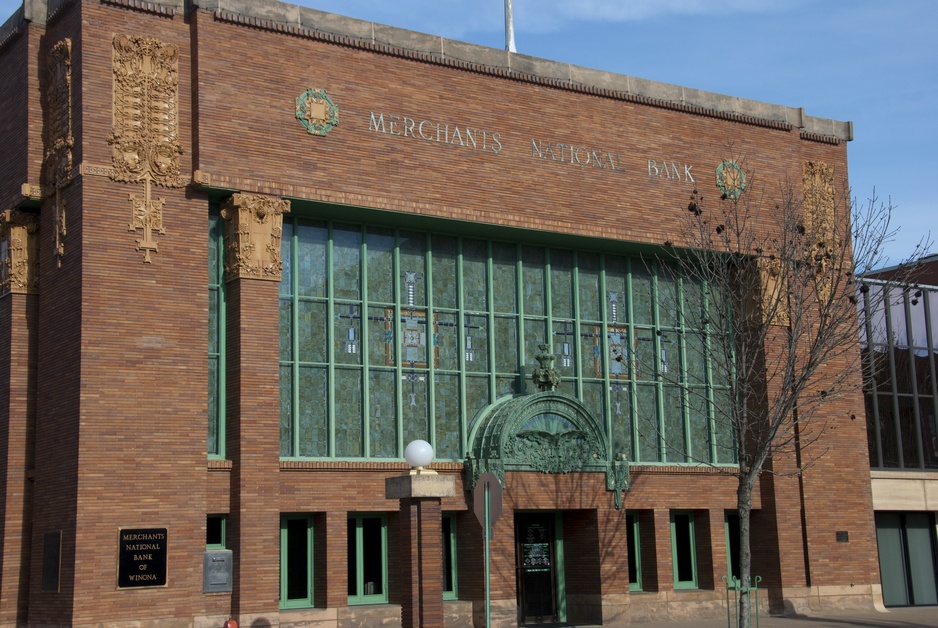
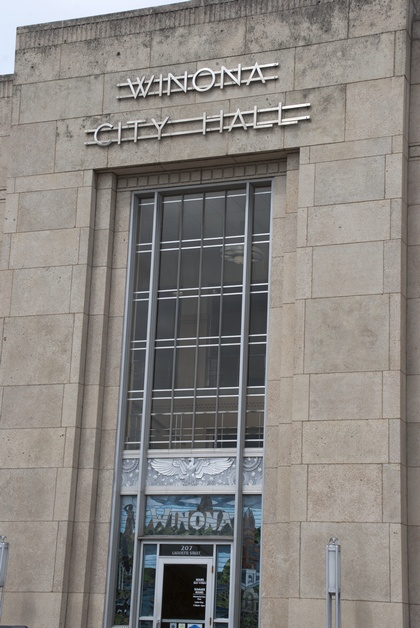
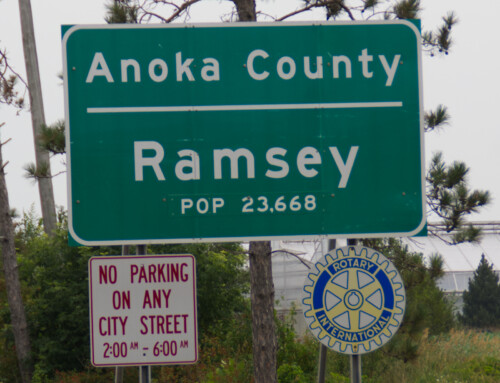
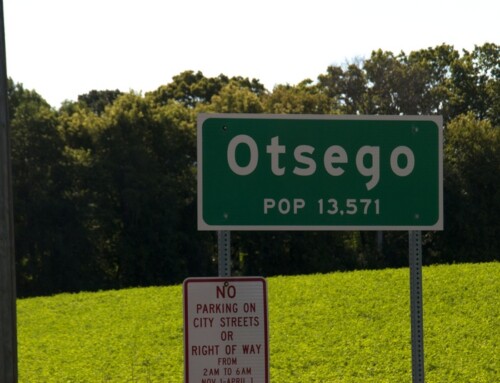
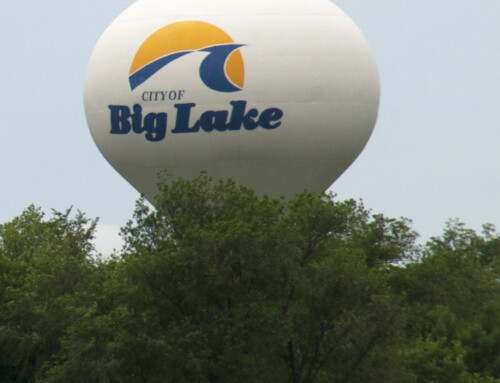
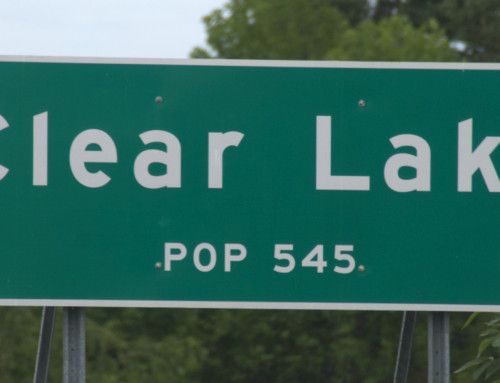

Your take on Winona is spot on!! Whenever we come to this area I am dismayed that this town doesn’t have the ambition to capitalize on their rich history. It seems that the town is run by the University of Winona; in that most all of the wonderful large houses that are part of that history have been made into flop houses for beer drinking students. In fact most of the housing centered around the university is all rental. What a shame. While Winona boasts the most churches per capita it also should shamefully bow their heads that they also have the most beer taverns. The latter being the most frequented. Most permanent residents do not go out to eat nor do they go much further than the city limits. Thus the only food establishments that survive are places where the students can buy a sandwich for under $5. In the fall the town hosts the “leaf peepers” driving the river road and the people who come to see the Rendezvous and also the Pow Wow put on by the local Dakota Nation. Both events a visitor to this area shouldn’t miss. A few times during the shipping season a paddle wheeler will make landing to allow passengers to pick up any personal needs. Unlike LaCrosse, Wi where the paddle wheelers are met by a group of people dressed in period costumes and music is played, Winona may have someone there to pass out brochures from the city travel bureau. Otherwise there is no effort made to invite this group into the city. There is the gentleman that runs a scenic trolley bus tour that is well worth the few dollars it takes to ride on it. He has a great knowledge of the area and takes you past the businesses and homes, like the house made of coal, in the area that made Winona what it is today. It also stops at the Church of St. Stanislaus Kostka where a docent is on hand to talk about it’s unique building and history. There is also a walking tour of all the stained glass, and historical buildings left standing downtown. The Marine Museum is a state of the art museum worthy of large cities like San Francisco, yet few people in the town itself seem to have seen it. In the summer free concerts are given with a rich variety of well planned out musical program. The musician comprised of area people who enjoy the opportunity to keep continue using their musical skills. Yes there are a few people who love the area enough to want to preserve it’s heritage, but the city fathers, sadly, don’t number among them. How shortsighted to miss an opportunity to share their heritage and to increase revenues anyone can see are sadly needed.